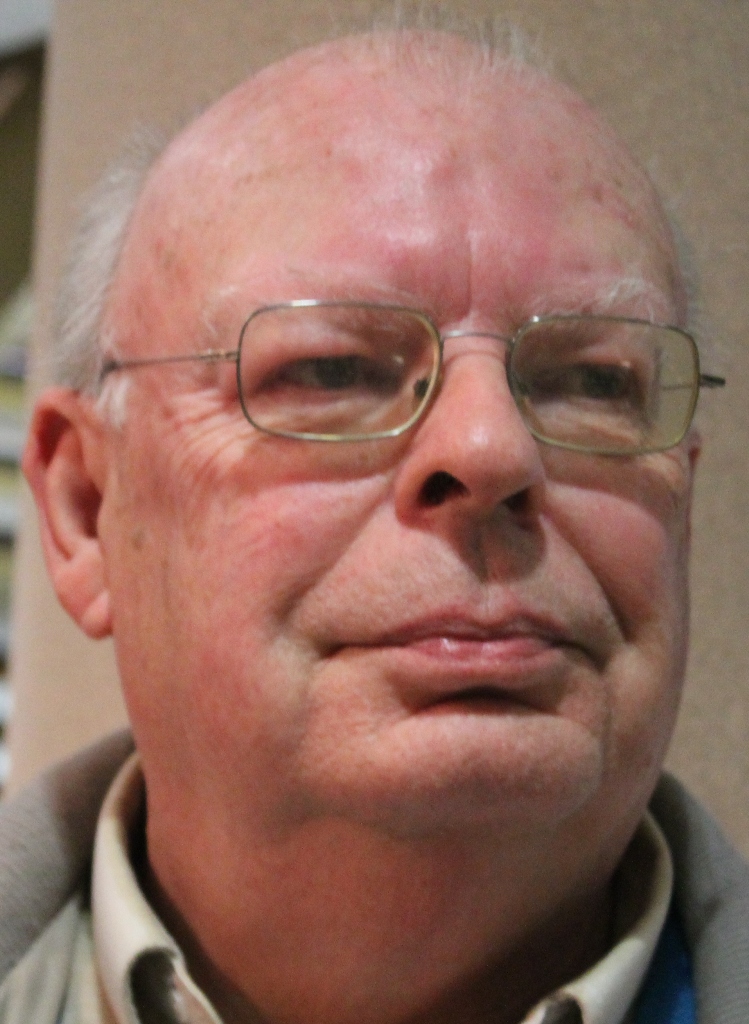The County Line
 Indianapolis is celebrating its 200th anniversary this year, but not so well known is the background of who, how and where the decision was made to locate a new capital city where it is today.
Indianapolis is celebrating its 200th anniversary this year, but not so well known is the background of who, how and where the decision was made to locate a new capital city where it is today.
In 1820 the leaders of the new state of Indiana decided the capital city should be located in the geographic center of the state. At the time the center of the state was still a very rugged wilderness. Rivers were about the only ways to access the area other than a few rough trails.
William Conner, who lived at what is now Conner Prairie, was well known to the state leaders. They named a commission to search for a site and suggested they travel to Conner’s frontier home to consider the best location for the new city.
In his diary, Conner said he was honored to host the meeting in his home. That home was not the beautiful brick home we know today as the Conner House. It was only a two-room log cabin along White River.
Details are sketchy, but various sites were discussed, including one near Strawtown which Conner favored. But, his suggestion was not accepted. Instead, a location at the confluence of Fall Creek and White River was favored partially because it was closer to the actual center of the state.
And, what apparently was also a major determining factor in the selection was the mistaken belief that White River was navigable as far north as Fall Creek. Later it was found that the river was too shallow for the early steamboats of the era. But, the location decision had been made, and the rest is history.
Commission members returned to the state capital at Corydon, and their recommendation was accepted.
Three years later, Conner platted his own city with business partner Josiah Polk. They named it Noblesville. Conner could not name it Connersville since his brother, John, had already used the Conner name 10 years earlier for ‘his’ city in Fayette County.
So there you have the 200-year-old story of Indy’s founding from the local angle, as best this writer is able to piece it together.
